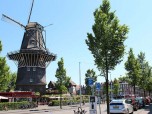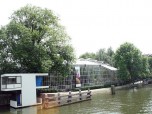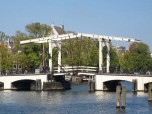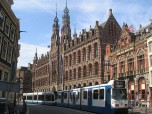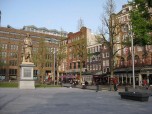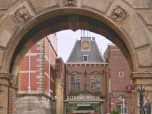Otavalo market is a must-see destination when visiting Ecuador. A lot of hand-made goods can be purchased here, perfect for souvenirs and unique home decorations. The town of Otavalo is just two hours away from Quito. It is situated in a valley surrounded by Cotacachi, Mojanda and Imbabura volcanoes. The scenery around the town is picturesque as they are enriched with a mixture of Indian and Spanish cultures.
For many tourists, it is advisable to visit Otavalo on Saturdays as there are great buys compared to other days of the week. Locals specialize in the production of hand-woven woolen goods, wooden handicrafts, paintings and many hand-made products. During Spanish colonization of Otavalo, the Indian communities were taught to make quality textiles for export in European countries. As they are freed from the colonizers, the Indian communities continued the production of textiles for their own profit. The Otavalo market is famous for these colorful textiles along with other beautiful handicrafts.
When visiting the Otavalo market, it is advisable to have an overnight stay in the town before Saturday. More stores are open on Saturdays then any other day of the week. Early morning of Saturday is the best time to visit the market as there are few shoppers around, therefore, haggling of prices will be easy. Make sure to bring cash because credit cards are not accepted in many stores.
Products that can be found in Otavalo market include colorful textiles, woodcarvings, paintings, jewelries, hats, toys and many more. There are also food stores around selling authentic cuisines. Best buys can be found on the side streets of Poncho Plaza as this is where the artisan’s market is located. When going shopping, wear comfortable clothes and shoes as well as a hat; don’t forget to bring a camera because the market is visually attractive with its colorful products. Above all, enjoy your shopping holiday!































